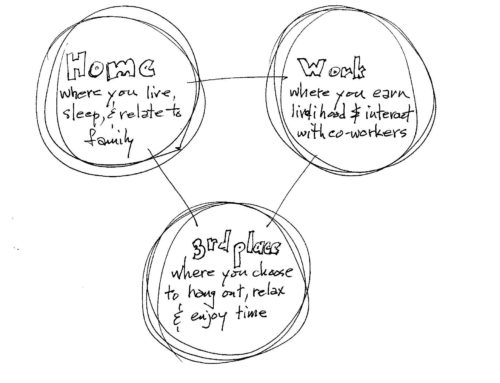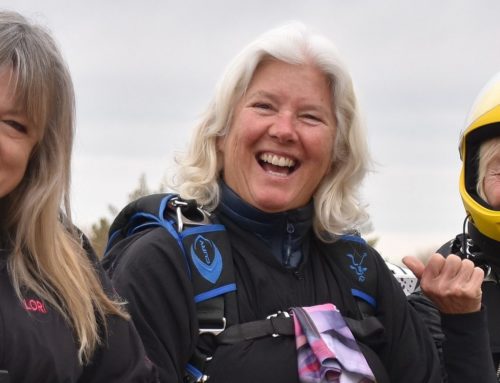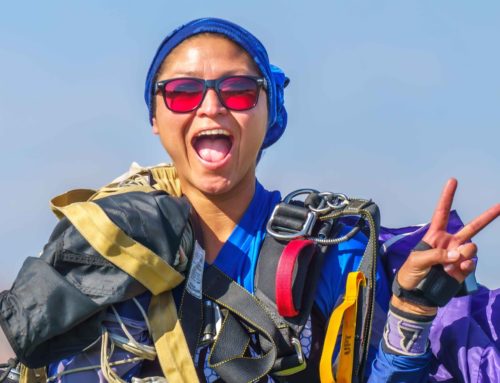Discipline Education: So you want to be a skydiver?
How to enjoy flying your parachute.
For many people when they start skydiving, the focus is mostly on the freefall part of the skydive. As a result, the canopy flight often gets neglected. There are however, so many different and fun things we can be doing with our parachutes! Here we have briefly outlined the main disciplines:
Swooping (Canopy Piloting)
Probably the most famous and popular of the canopy disciplines, swooping (or canopy piloting) is the act of inducing speed into your canopy in order to fly far and fast across the ground. Competitors in canopy piloting compete in three different categories of speed, distance and accuracy and often fly across a pond, dragging water with their foot. Although swooping looks (and is) super cool, it is also an advanced discipline which takes a lot of time and experience to develop the skills required to safely perform these manoeuvres.
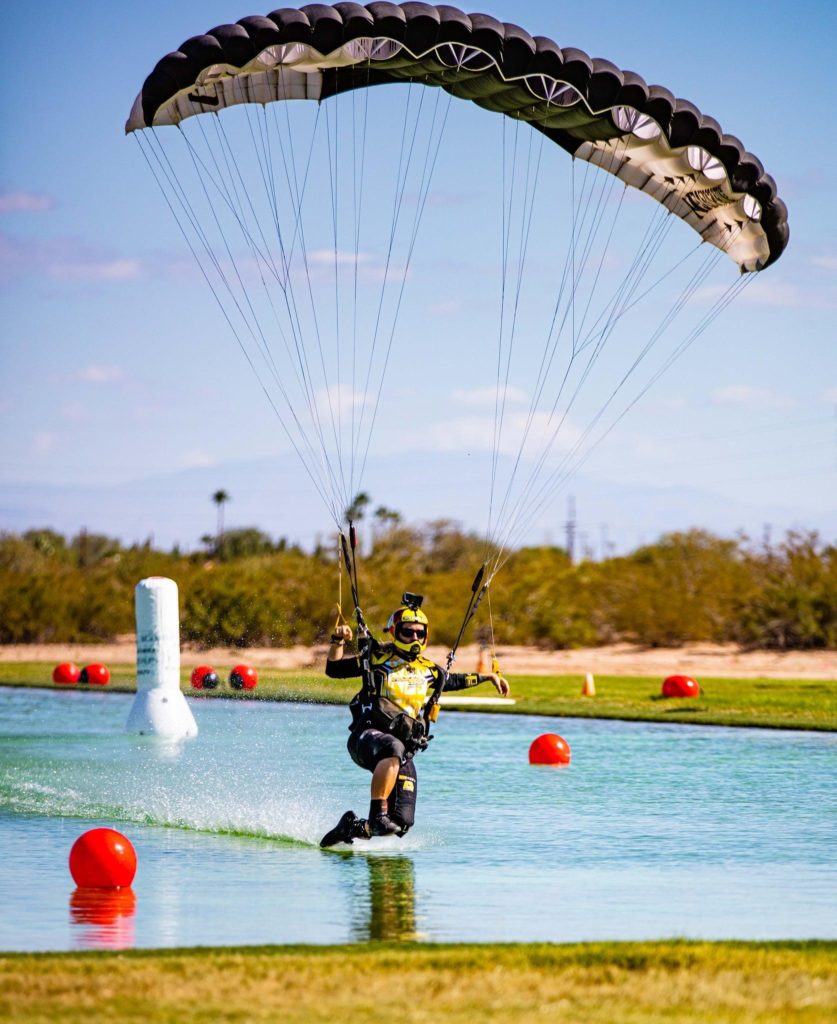
Photo: Wendi Corbin
Accuracy
In the simplest terms, accuracy is attempting to land your parachute as close as possible to a predetermined target, such as in the photo below. Although the aim of every skydive is to safely land your parachute exactly where you want to, it takes practice, coaching and experience to truly perfect this. Competitive accuracy is one of the oldest disciplines in skydiving that people still actively compete in today. To make a perfect score, competitors must hit a ‘dead centre’ target of just 2cm.
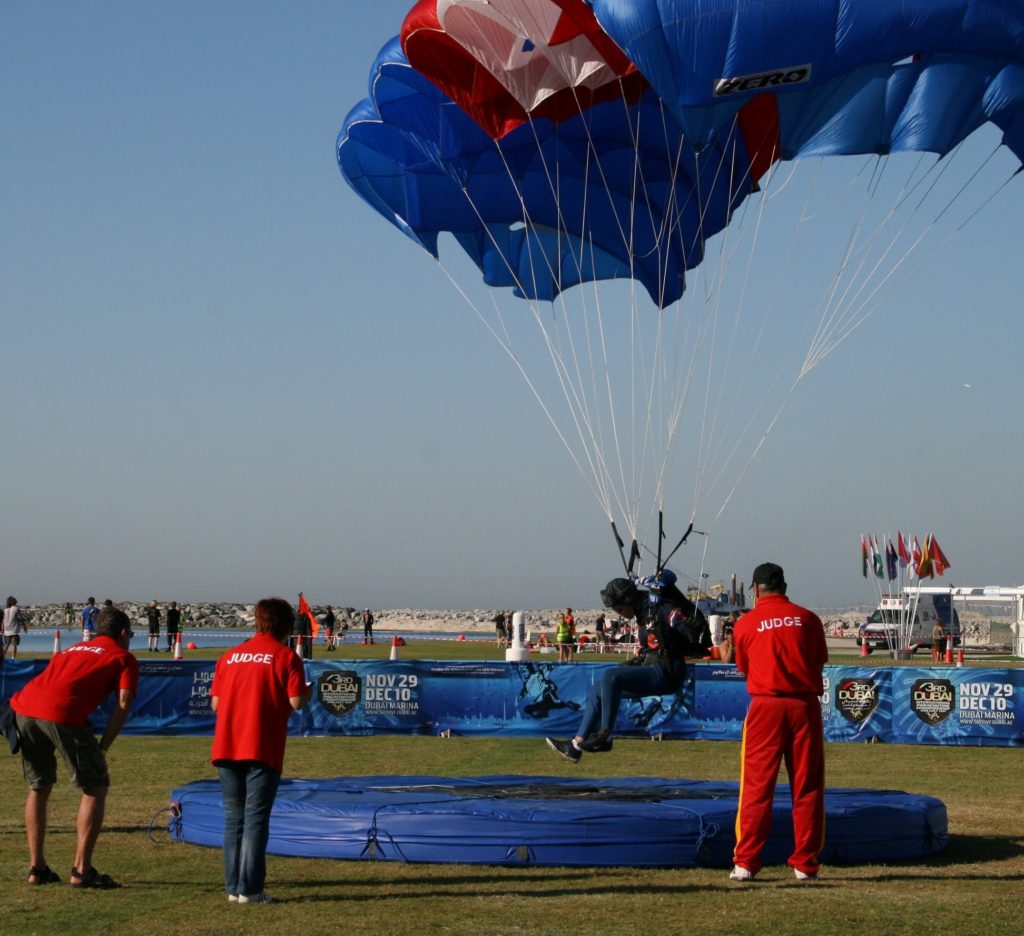
Canopy Formations
Canopy formations (CF or canopy relative work, CRW) are built by parachutists flying in close proximity to one another and taking docks. The current world record for the largest canopy formation ever built is a 100-way diamond. CF is also a competitive discipline with both 2-way and 4-way categories and is similar to freefall formation skydiving in that the aim is to make as many points as you can.
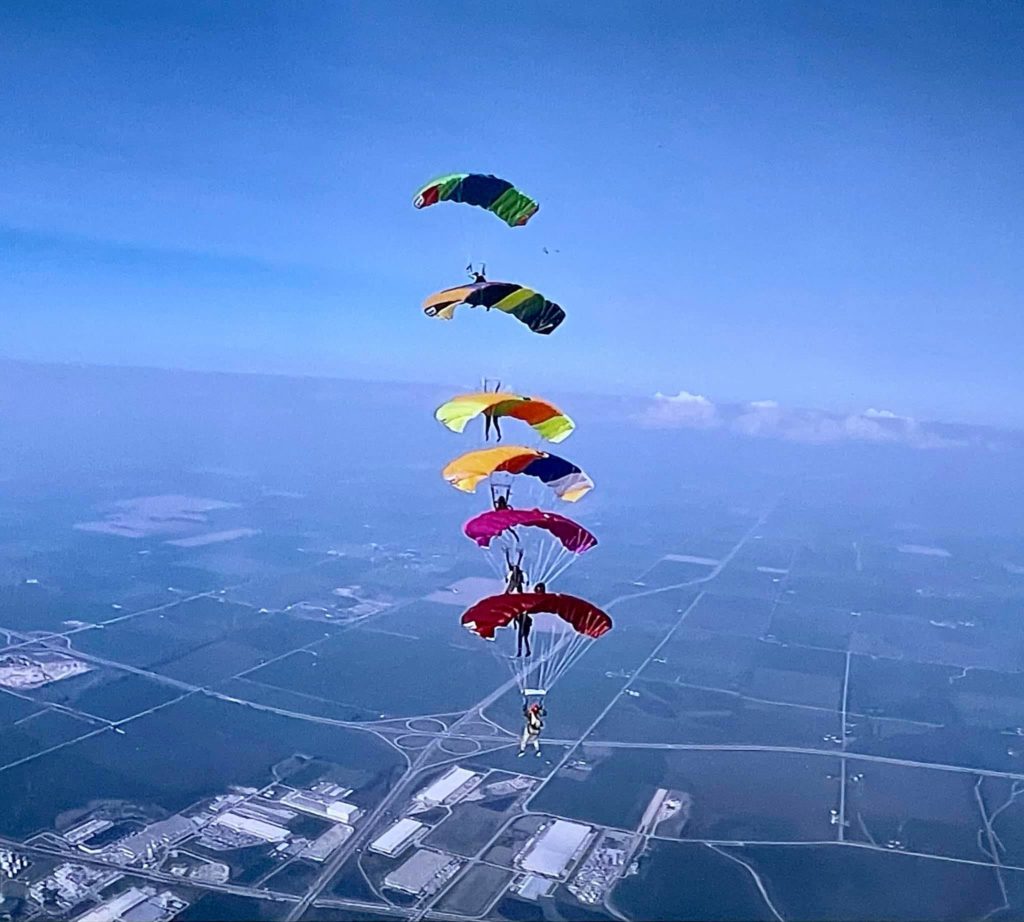
All ladies CRW stack! Photo: Hanna Albrecht
Flocking and XRW
These two rapidly growing disciplines are definitely on trend right now. Flocking can be described as dynamic group parachute flying, which borrows inspiration from sequential and dynamic freeflying. XRW stands for ‘extreme relative work’ and is the creation of mixed formations with both canopy pilots and wingsuiters. Both of these disciplines are relatively new to skydiving and are evolving all the time.
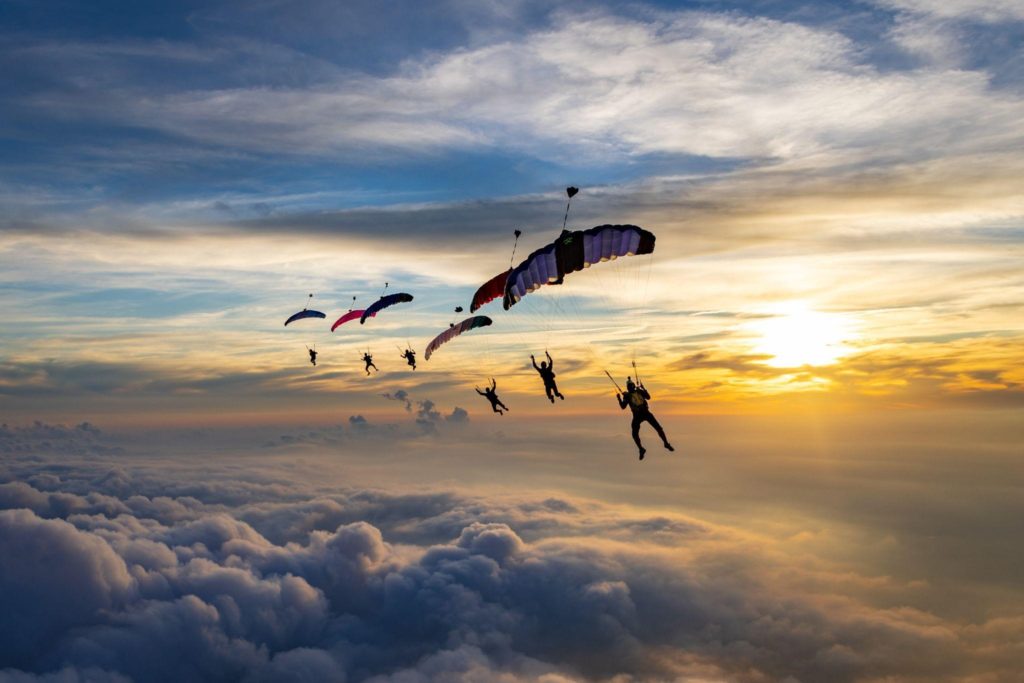
Photo: Javier Ortiz
We hope we have given you a good introduction to the world of canopy flight. It is worth noting that many of these disciplines can be dangerous if you don’t receive the correct coaching or downsize your canopy too quickly. The best way to get started on your journey is to simply take a canopy course. There are many excellent canopy courses available and every skydiver can benefit from taking one.
Happy flying!

